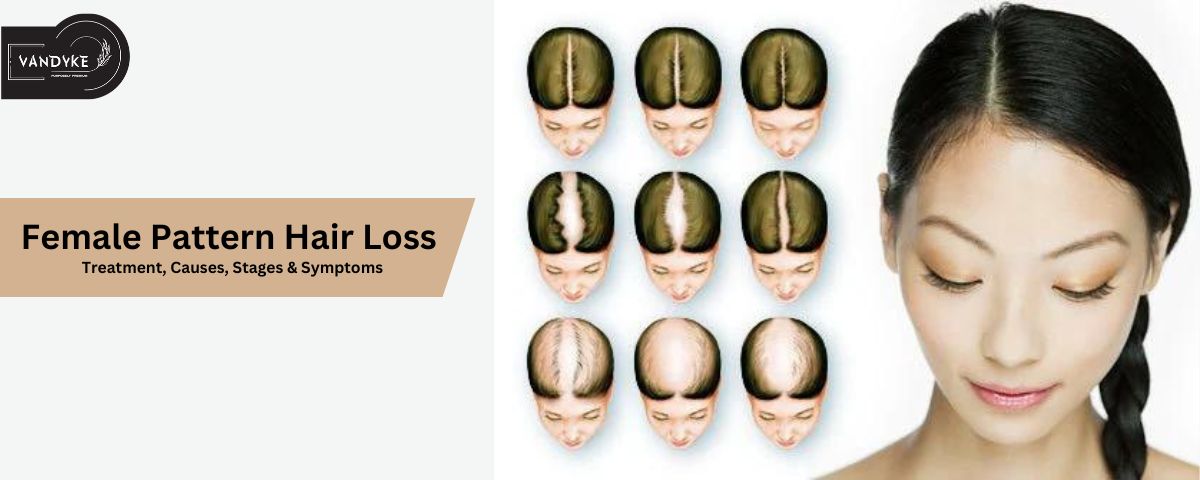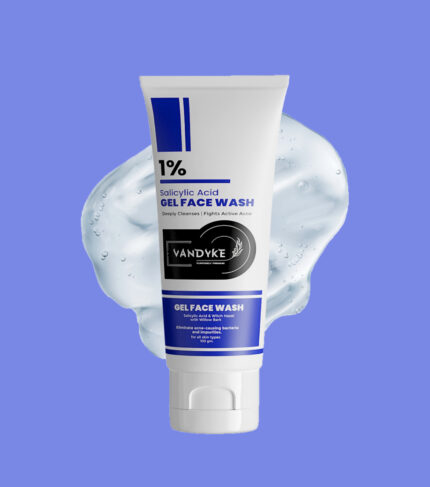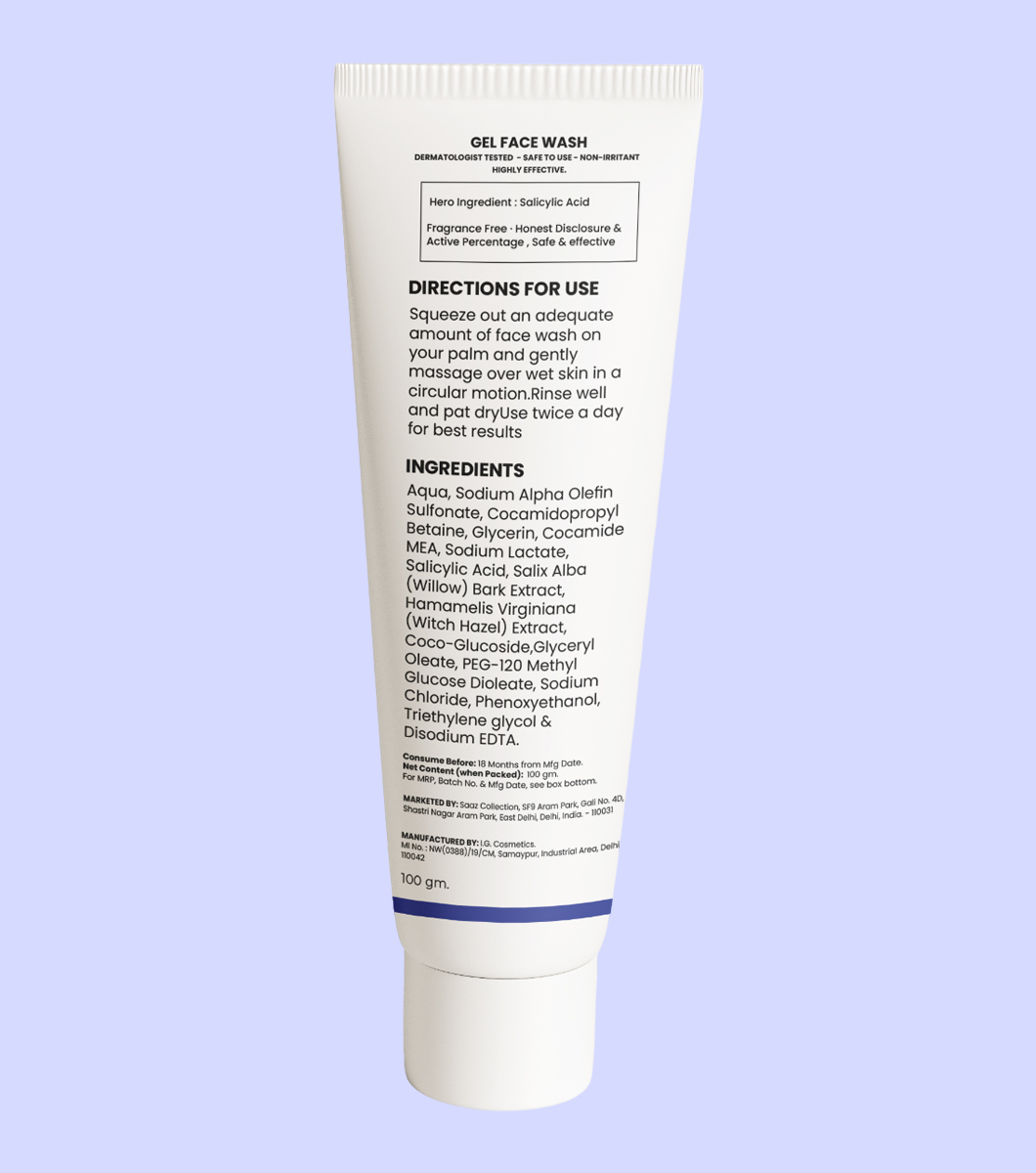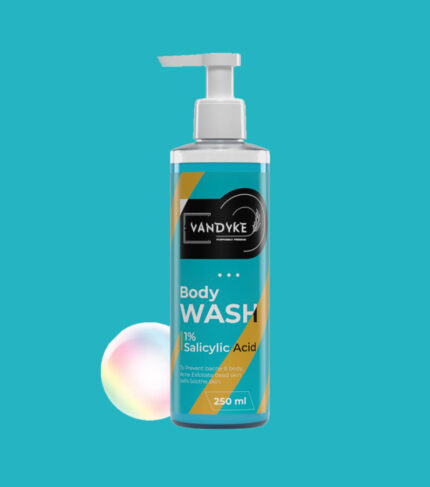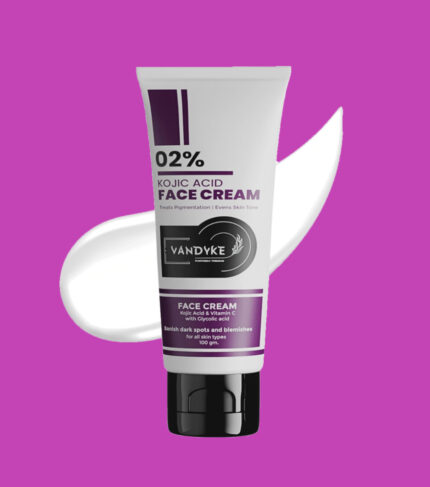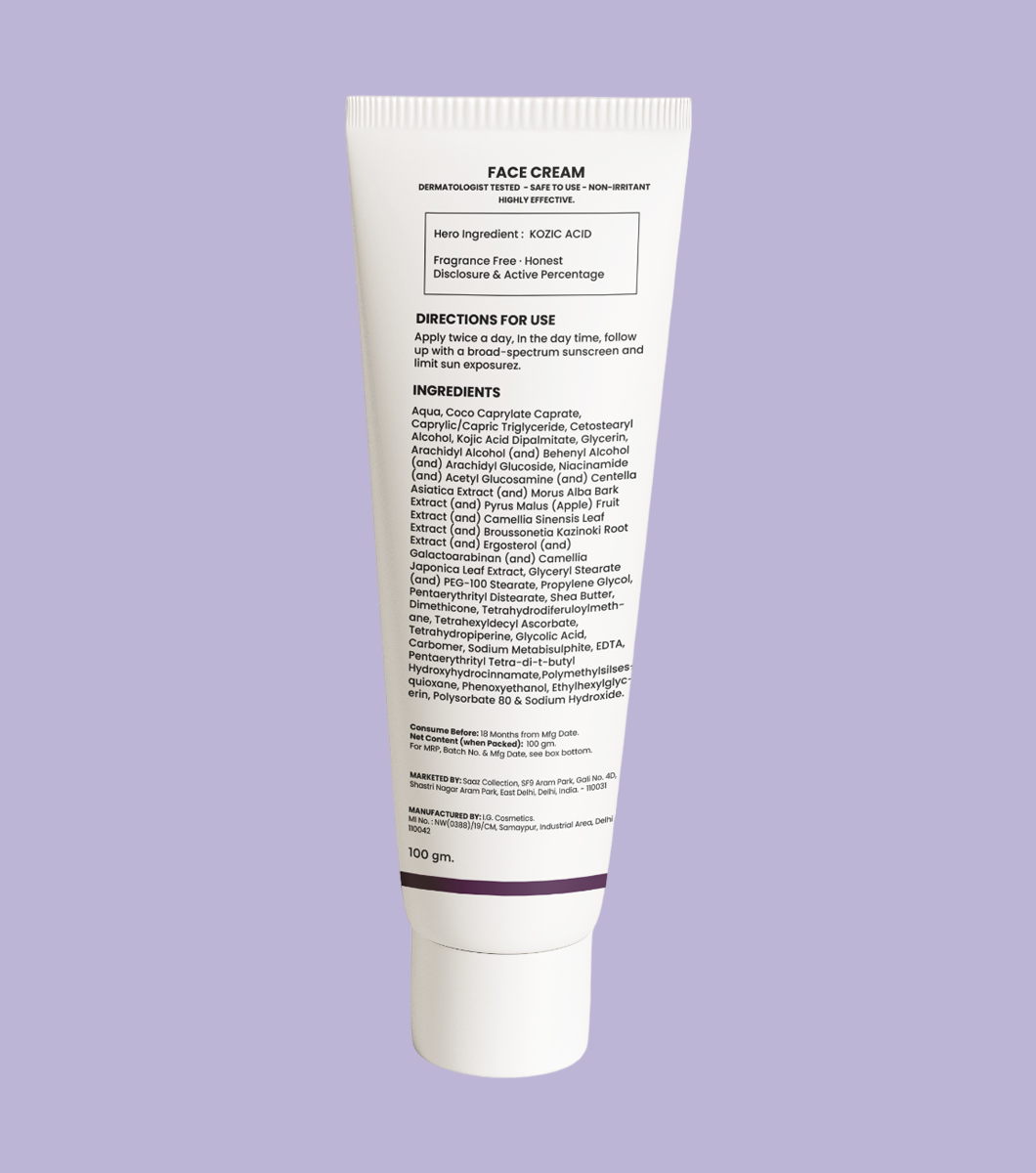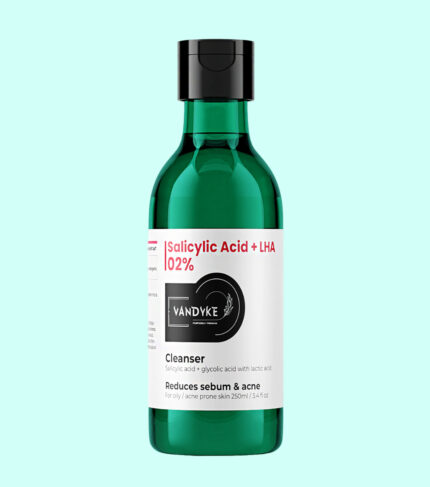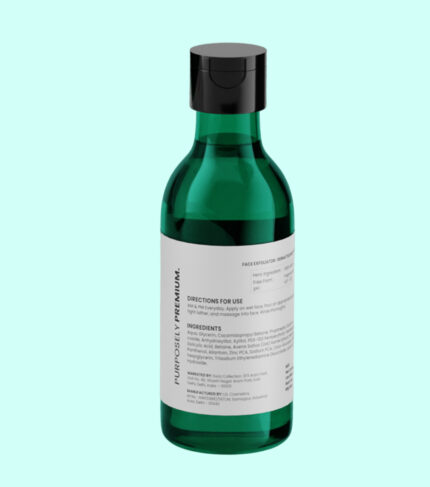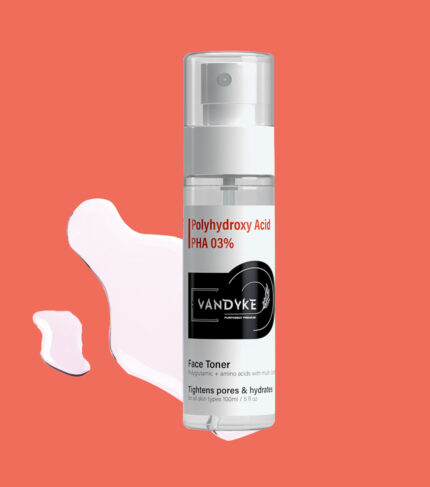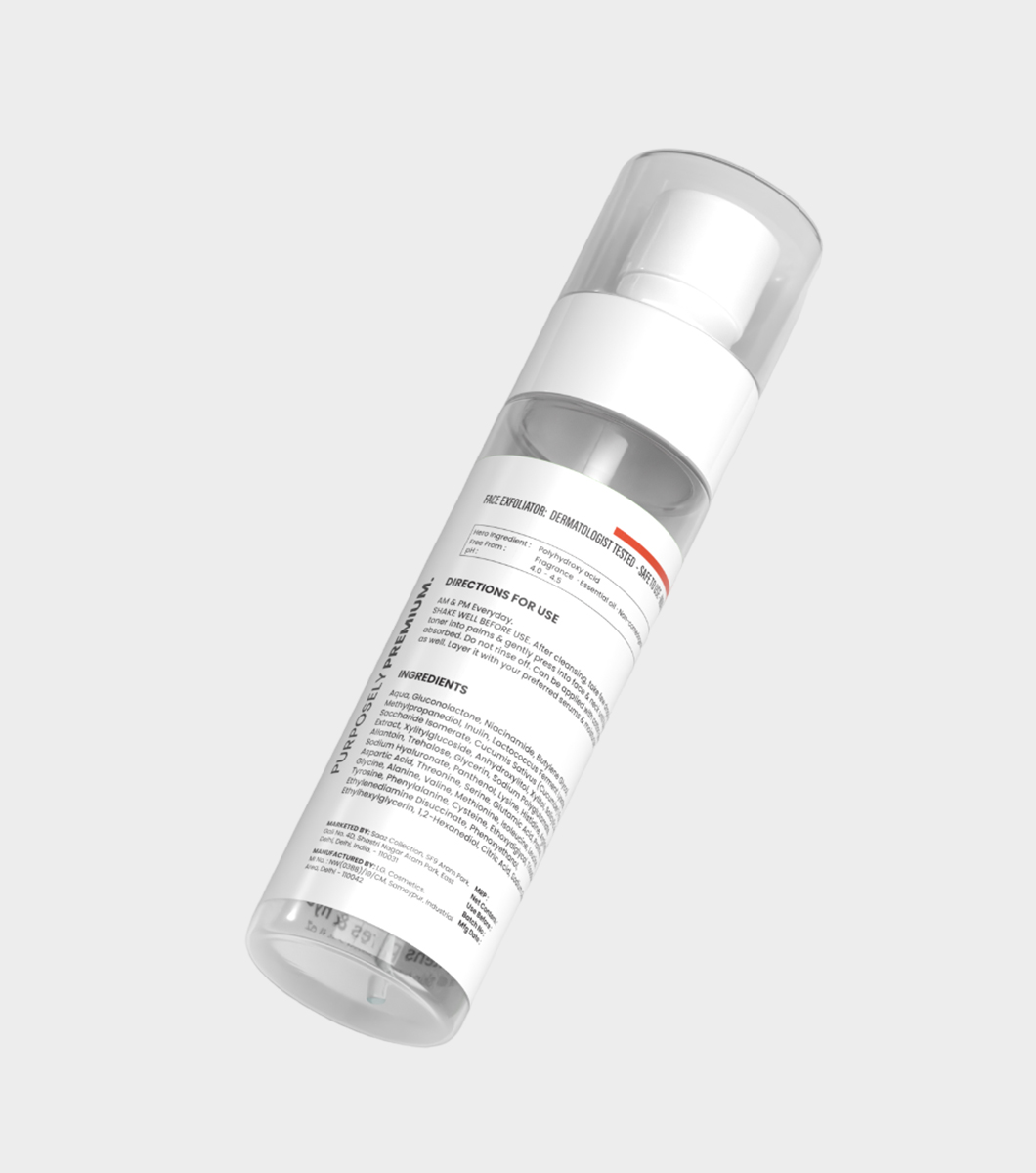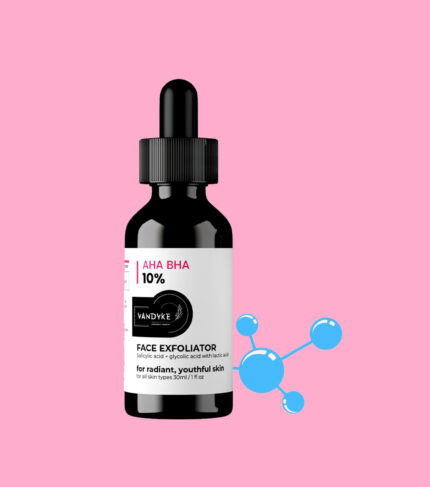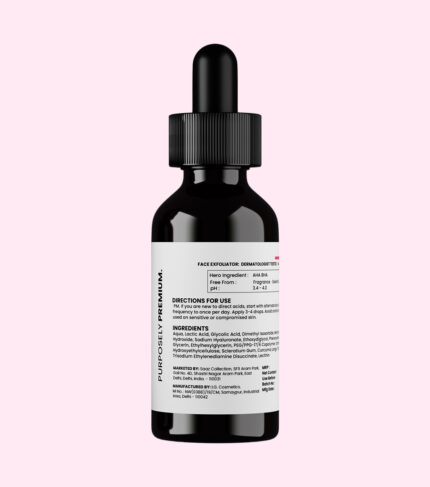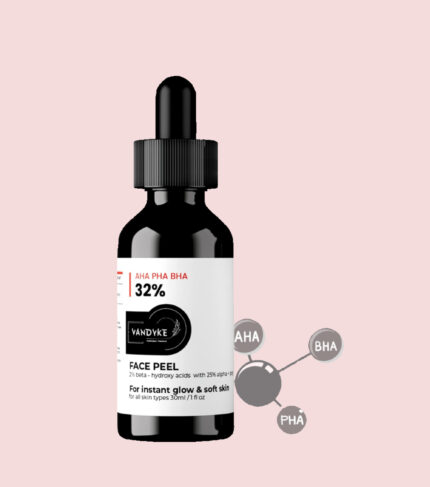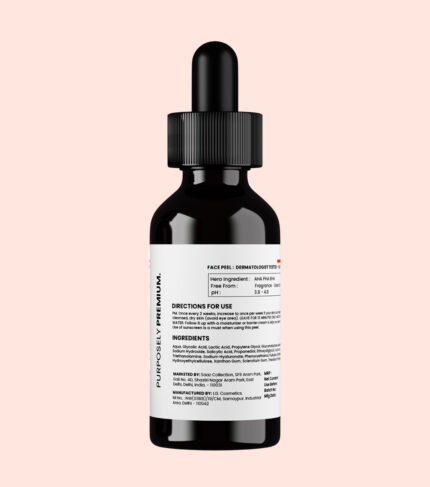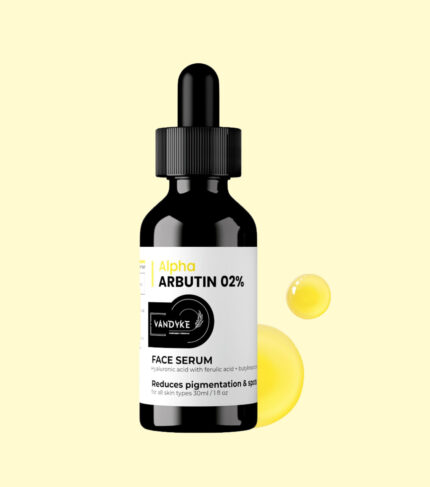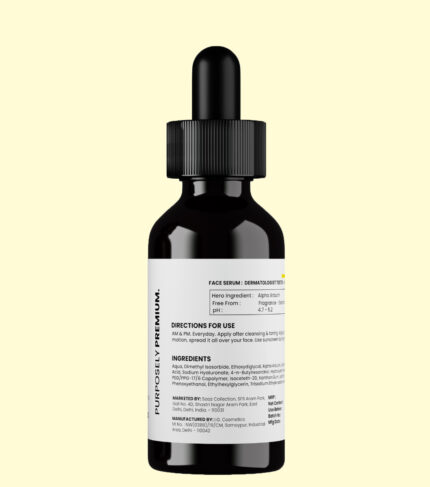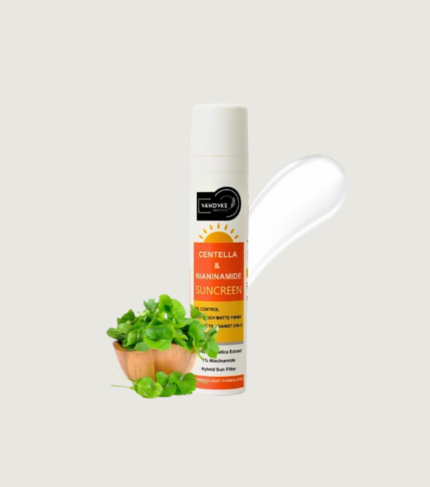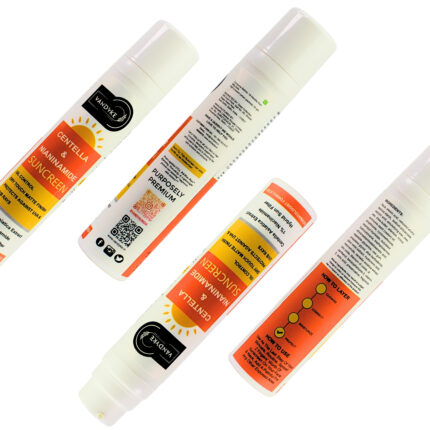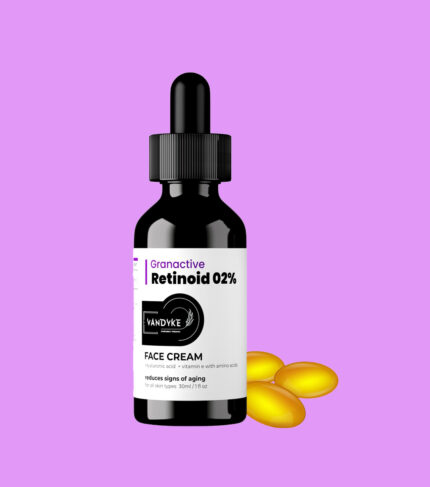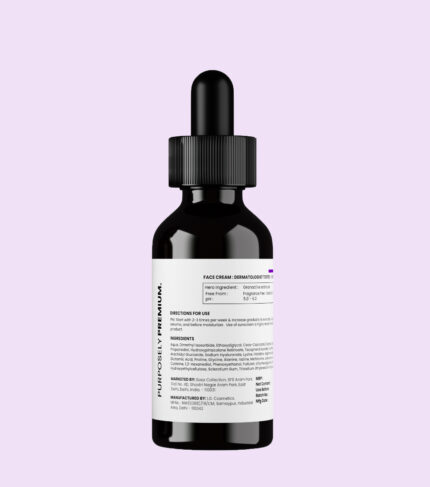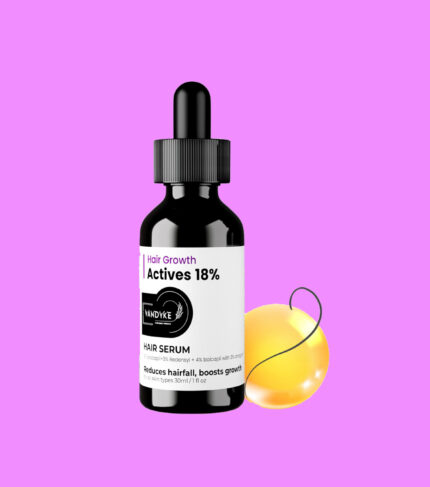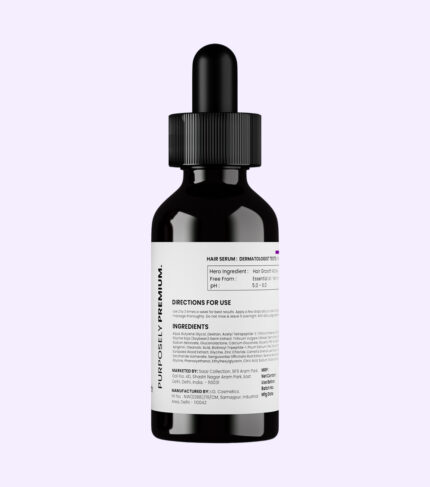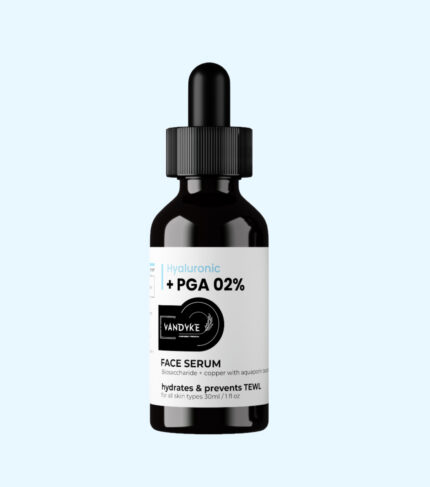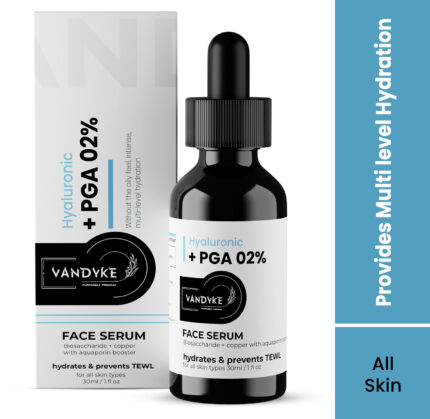Female Pattern Hair Loss Treatment, Causes, Stages, Symptoms
Hey there, ladies! Notice your once-luscious locks feeling a little thin lately? You’re not alone! Female pattern hair loss (FPHL), also known as androgenetic alopecia, affects millions of women, and let’s face it, it can be a real confidence crusher. But don’t despair! Before you toss on a wig or shave it all off (although, hey, you do you!), take a deep breath and join me on this journey to understanding FPHL treatment and reclaiming your crowning glory.
You should read this article carefully as a lot of research was done before starting it, and some important information about your question has been collected just for you. Thus, you should read it from beginning to end without missing a single word. The fact is that reading this article will answer your question without you needing to go to another article, so let’s go ahead and learn everything there is to know about it.
What is this “Female Pattern Baldness” Thing?
Picture this: a receding hairline like your grandpa? Nope, not exactly! Female Pattern Hair Loss Treatment typically shows up as a gradual thinning of hair on the crown of your head, leading to a widening part. Imagine a Christmas tree slowly losing its ornaments – that’s the vibe. It’s different from the horseshoe-shaped hairline you might associate with male pattern baldness, but it’s just as real and deserves our attention.
How Common is this Hair Mystery?
As common as that pre-holiday stress baking frenzy! Female Pattern Hair Loss affects around 50% of women by the age of 50, and about 20% experience it significantly before hitting menopause. So, you’re definitely not alone in this.
What’s Going On Underneath Those Strands?
Science time! Female Pattern Hair Loss Treatment is mostly genetic, meaning it’s something you inherited from your lovely (maybe) ancestors. This genetic predisposition makes your hair follicles extra sensitive to a hormone called dihydrotestosterone (DHT). Think of DHT as the Grinch of hair growth, stealing nutrients and shrinking your follicles like tiny Christmas trees.
The Stages of Hair Loss: A Not-So-Happy Progression
FPHL doesn’t happen overnight. It creeps up in stages, like a sneaky hair thief:
- Stage 1
You might notice your hair part widening slightly, with a little more scalp peeking through. It’s subtle, like the first snowflake of winter.
- Stage 2
Things get a little more noticeable. Hair thinning becomes more evident, especially on the crown, like a partially decorated Christmas tree.
- Stage 3
Your part widens further, and hair density decreases significantly, leaving you with a more visible balding area. Imagine a Christmas tree losing most of its ornaments.
- Stage 4
This is the most advanced stage, with significant hair loss on the crown and potentially the hairline. Now, the Christmas tree might just be a stump.
Risk Factors: Beyond Genetics
Genetics are the prime suspect, but other factors can play accomplice:
- Hormonal Changes
Fluctuations in estrogen and DHT, like during menopause or after childbirth, can trigger hair loss.
- Medical Conditions
Thyroid issues, iron deficiency, and autoimmune diseases can contribute.
- Stress
The Grinch himself! Chronic stress can wreak havoc on your hair follicles.
- Lifestyle
Poor diet, smoking, and harsh hair treatments can also be factors.
How Does FPHL Affect My Body?
Beyond the visible, Female Pattern Hair Loss Treatment can take a toll on your emotional well-being. Self-esteem, confidence, and even social interactions can be affected. Remember, hair is a big part of our identity, and losing it can be hard.
So, What Can We Do? The Treatment Arsenal
The good news is, you don’t have to surrender to the hair thief! There’s a whole arsenal of FPHL treatment options:
- Medications
Minoxidil and finasteride (not for pregnant or planning-to-be moms) can boost hair growth by influencing DHT. Spironolactone can also help by blocking androgen effects.
- Laser Therapy
Low-level laser therapy stimulates hair follicles to promote growth. Think of it as tiny sunbeams waking up your sleepy strands.
- Platelet-Rich Plasma (PRP)
This innovative treatment uses your own blood’s growth factors to rejuvenate hair follicles. Imagine giving your hair a superfood smoothie.
- Hair Transplantation
For significant hair loss, this surgical procedure transplants hair follicles from dense areas to balding areas. Think of it as giving your hair a relocation package.
Is Hair Loss Treatment Effective for Treating Female Pattern Hair Loss?
Even though all of these are effective treatments for hair loss, the two things that will have the biggest effects on halting hair loss are patience and dedication. Furthermore, Hair Growth Actives 18%, commonly referred to as Hair Growth Expert, is a potent remedy made to stop hair loss and promote regrowth.
Capixil prevents hair loss on the scalp by combining active ingredients like minoxidil with a blend of tried-and-true, highly effective hair growth ingredients like Redensyl, Anagain, and Procapil. To ensure that Anti Hair Fall Serum Hair Growth Actives 18% is absorbed, apply it to your scalp.
Why should I choose hair growth actives for hairfall solution?
Consumer studies using it show why it is the best anti hairfall serum.
- 87% of participants agreed that using the hair fall serum for six weeks reduced hair fall.
- 87% of respondents said they saw visible hair after eight weeks.
- According to 97% of participants, applying anti-fall hair serum made the scalp look hydrated and healthy.
Conclusion
In conclusion, Effective treatment of female pattern hair loss involves addressing the root causes and promoting regrowth. Minoxidil and low-level laser therapy, and hair loss serums partner in the reduction, growth, and healing of hair thinning. Early detection by understanding the stages and symptoms is important for timely intervention. Consulting a health care professional ensures tailored solutions, empowering women to regain confidence and maintain healthy, vibrant hair.

